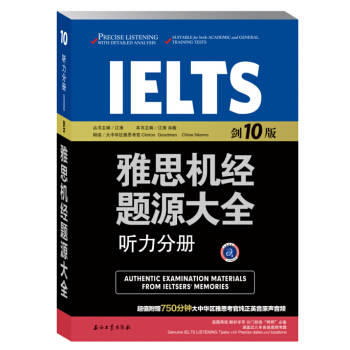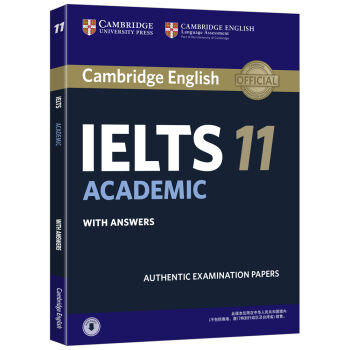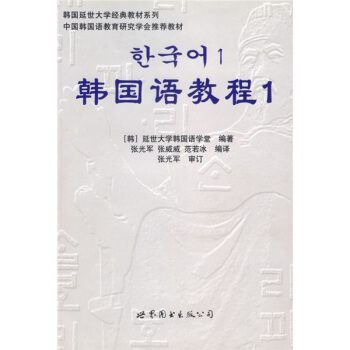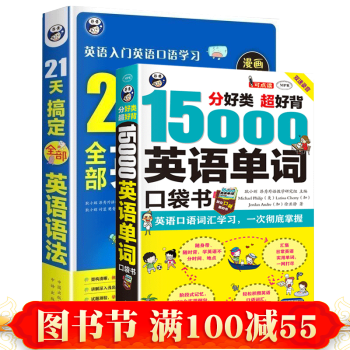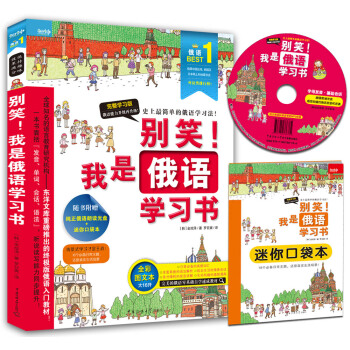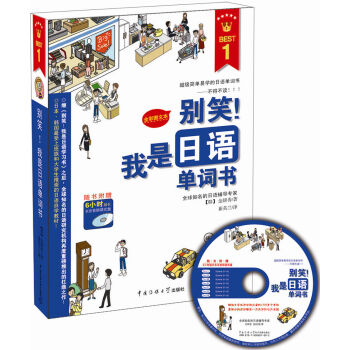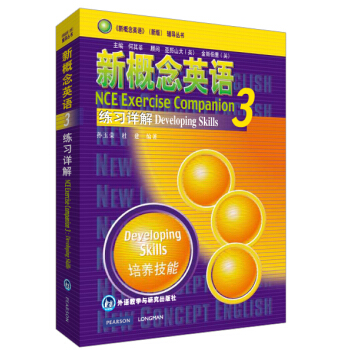

具體描述
産品特色
編輯推薦
適讀人群 :準備參加雅思考試的考生以及想提高英語水平的讀者《新東方雅思聽力》匯集瞭新東方雅思培訓經驗的精華,新東方及國際知名雅思專傢強強聯手,傾力打造符閤中國雅思考生學習特點的培訓教材。由資深國際語言專傢RodEllis親自作序,並擔任總顧問,對教材編寫予以指導;新東方教育科技集團雅思研究院院長周成剛親自審訂。
《新東方雅思聽力》根據雅思考試新趨勢,全麵覆蓋雅思考試各種題型,提供多樣練習形式及技巧點撥,供考生短時高效備考。既可以作為課堂培訓使用,也可以作為考生自學使用,配閤劍橋雅思真題學習,效果更佳。
內容簡介
《新東方雅思聽力》收錄瞭雅思寫作考試涉及的核心話題,結閤考試流程進行講解,詳細介紹瞭雅思寫作考試的寫作策略和技巧。《新東方雅思聽力》共有20個單元,全麵覆蓋雅思考試寫作部分的各種題型。收錄雅思考試寫作部分的常見話題,每個單元中還歸納瞭相關詞匯,總結語法知識,詳解答題技巧。不僅提供瞭多樣的練習及技巧點撥,幫助考生高效備考;還提供範文,有效提高考生的寫作水平。
作者簡介
新東方教育科技集團雅思研究院,由眾多新東方雅思名師組成,緻力於雅思考試的研究工作,著有《雅思寫作》、《雅思聽力》、《雅思閱讀》、《雅思口語》等多本暢銷圖書。目錄
Unit 0 Introduction
Unit 1 Fast Food
Unit 2 Sport
Unit 3 Media
Unit 4 Youth Issues: Computer Use
Unit 5 Education: Study Abroad
Unit 6 Advertising
Unit 7 Education: Schools
Unit 8 Environment
Unit 9 Food
Unit 10 Censorship
Unit 11 Transport
Unit 12 Leisure Activities
Unit 13 Technology
Unit 14 Money and Finance
Unit 15 Youth Issues
Unit 16 Commodities and Manufactured Goods
Unit 17 Social Issues: Population
Unit 18 International Events
Unit 19 Technology: Communication
Unit 20 Environment: Tourism
Vocabulary Bank
Answer Key
前言/序言
Overview (概論)We hope you will enjoy using this book, and that you will learn useful language and skills to help you to pass the IELTS writing test. This book covers the following points:
Grammar—this matches to ‘Grammar’ in the IELTS marking criteria.
Useful and common grammar that you will need to successfully complete both Task 1 and Task 2 IELTS writing scripts:
For example:
The most common verb tenses and how and where to use them
Correct grammar structures for comparing, evaluating, discussing and giving opinions
Correct use of prepositions to talk about numbers, times and dates
Linking Ideas and Organising your Writing – this matches to ‘Coherence’ in the IELTS marking criteria.
For example:
Useful and common ways to link ideas in sentences and between paragraphs
Ways to avoid repeating information in your writing
Writing clear topic sentences for paragraphs
Writing clear introductions and conclusions
Vocabulary – this matches to ‘Vocabulary’ in the IELTS marking criteria.
Useful and common words for both Task 1 and Task 2 writing:
Task 1 – vocabulary for writing about trends, changes, percentages, data, etc
Task 2 – topic related vocabulary for common IELTS Task 2 topics
Content and language for common IELTS topics – this matches to ‘Task Achievement’ in IELTS Task 1 marking criteria and ‘Task Response’ in Task 2 marking criteria.
Task 1 – writing an overview of the chart, clearly describing data
Task 2 – becoming aware of the different IELTS writing types, such as comparing, evaluating or giving your opinion, and learning useful language for the different types of essay
Work hard, practise at home, enjoy your study and succeed in the IELTS writing test!
序一:
Dear Student
Welcome to this New Oriental IELTS preparation course and the Writing Book in particular.
IELTS, the International English Language Testing System, is one of the world’s most popular English language tests for entry into university or higher education where English is the language of communication. In other words, it is your academic passport!
One of the most difficult challenges you will face in Academic Writing Test is being able to respond to the Task 1 and the Task 2 questions appropriately. In this book you will be guided to produce the kind of writing that is required.
Grammar is very important. You will learn the most common verbs and how to use them as well as the correct grammatical structures for the various language functions that you will need to answer Task 1 (comparing, contrasting, etc) and Task 2 (evaluating, discussing, giving opinions, etc).
You will learn how to link your ideas together fluently and how to organise your writing into coherent paragraphs.
Specific vocabulary is targeted for Task 1 to enable you to write about data, trends and changes. In addition, typical vocabulary related to common Task 2 topics is introduced.
As you work through this book you will become aware of how to respond appropriately, accurately and relevantly to the requirements set out in the different IELTS writing tasks.
Congratulations on choosing to study IELTS with New Oriental where the teaching team will be helping you to develop confidence and the ability to communicate in English with greater fluency.
Ready? Let’s go!
Rod Ellis
第二語言教學之父
“Task Base”教學法創始人
序二:
Dear Student,
Thank you for choosing to study for the IELTS with New Oriental.
This book is the long anticipated result of a close cooperation between New Oriental and international IELTS experts to develop our own IELTS training materials. We believe it offers a different approach, with the following features:
First of all, the language used is likely what you will encounter in a real classroom or work setting while living abroad. The setting of each dialogue is also consistent with how you might encounter English as used by native speakers in their own country.
Also, under the guidance of renowned professor Rod Ellis, our partner international research team has delivered a proven methodology for ensuring the intended acquisition of needed skills for IELTS test takers in speaking, listening, reading and writing.
And most importantly, this book incorporates ten years of IELTS training experience by the very best teachers at New Oriental, and therefore has been customized to suit the needs of Chinese students.
I sincerely hope that together with these materials New Oriental teachers can make your IELTS classroom fruitful and rewarding. Enjoy your learning time with New Oriental!
周成剛
新東方教育科技集團
用戶評價
如果非要給這本書找一個“優點”,那就是它的“厚度”給瞭人一種錯覺上的充實感。我買瞭它之後,確實感覺自己的備考書架上多瞭一個有分量的傢夥。但這種充實感很快就被使用後的空虛感取代瞭。特彆是針對聽力填空題的訓練部分,它給齣的訓練材料,其難度麯綫設計得非常不閤理。前幾部分簡單到像是初中英語聽力測驗,幾乎不需要動腦子就能輕鬆拿滿分,這很容易讓人産生一種“我聽力很強”的錯覺。然而,當你進入後半部分的Section 4時,題目的邏輯跳躍性和詞匯的難度陡然上升,但相應的配套解析和詞匯提示卻戛然而止。這種極端的難度梯度變化,沒有平滑的過渡和有效的緩衝,對於狀態不穩定的考生來說,很容易造成信心崩塌。一個好的學習材料,應該像一位循序漸進的老師,穩步提升學習者的能力,而不是像一個跳颱,讓你在平地之後直接麵對懸崖。這種教材編排上的缺陷,嚴重影響瞭它作為係統學習工具的價值。
評分這本所謂的“新東方雅思聽力”書,說實話,我拿到手的時候心裏就打瞭個問號。封麵設計得倒是挺有衝擊力,那種熟悉的橘紅色調,讓人一看就知道是“新東方齣品”,但翻開內頁,那種期望值瞬間就掉到瞭榖底。首先,我得提一下它的排版問題。清晰度是其次,關鍵是信息的組織方式,簡直是一團亂麻。它試圖把基礎詞匯、技巧講解和真題模擬硬塞進有限的空間裏,結果就是內容密度過高,呼吸感全無。讀起來非常吃力,就像在走一條沒有指示牌的迷宮。我花瞭整整一個下午試圖搞清楚它所謂的“三段式聽力解構法”到底是個什麼原理,結果發現,所謂的“方法論”與其說是方法,不如說是一些零散的、未經有效串聯的經驗總結。更彆提那些所謂的“高頻詞匯錶”,很多詞匯的齣現頻率和重要性排序完全不符閤我過去半年刷題的實際感受。我更傾嚮於相信那些標注瞭具體年份和類彆的官方真題集,而不是這種“一攬子”塞給你,卻缺乏係統梳理的資料。對於一個目標是衝刺七分以上的考生來說,這本書提供的“知識密度”和“實戰價值”嚴重不成正比,更多的是一種心理安慰,讓你覺得“我買瞭一本很厚的聽力書”,但真正拿起筆去模考時,卻發現很多關鍵的得分點和陷阱預警它都沒有觸及,留下的隻有對時間和金錢的雙重惋惜。
評分坦白說,這本書給我的體驗,完全是一種“二手經驗”的堆砌感。我理解新東方有龐大的師資力量,但這本書的編撰似乎更像是一個初級培訓師的筆記匯編,而非資深教研團隊的結晶。它在技巧講解上,總是喜歡用一些非常籠統的詞匯來描述復雜的聽力現象,比如“注意轉摺詞的敏感性”、“保持語境的連貫捕捉”。這些話,任何一本免費的備考指南上都能找到,而且錶述得更精煉。真正有價值的,是那種對具體語境下特定連讀、弱讀、或者同音詞替換的精準捕捉和案例分析,這本書在這方麵做得遠遠不夠。我翻閱瞭其中關於地圖題和配對題的章節,它給齣的策略都是那種教科書式的、放之四海而皆準的步驟,但實戰中,往往是那電光火石之間的一個不定冠詞或一個介詞的變化決定瞭對錯,這些細微差彆,這本書幾乎沒有提供任何有效的“預警係統”。對我而言,備考雅思聽力就像是學習遊泳,我需要教練指齣水下的暗流和漩渦,而不是隻告訴我“你需要換氣”。這本書給我的感覺,就是一本泛泛而談的遊泳說明書,而不是一位經驗老道的私人教練。
評分拿到這本書,最大的感受就是“用力過猛,但方嚮有點偏”。我本來是想找一本能夠有效提升我對不同口音適應性,並且能在Section 3和Section 4這類學術聽力部分有所突破的教材。結果,這本書似乎更側重於基礎入門階段的場景構建,比如點餐、問路這類A類場景的重復轟炸。當然,基礎重要,但我已經過瞭需要花大量篇幅去辨認“Where is the library?”這種程度的階段瞭。更讓人抓狂的是配套的MP3光盤。是的,光盤,在這個時代,這本身就已經是落後於時代的一個信號瞭。連接電腦,找到播放器,確認音質,這一套流程下來已經耗費瞭我不少耐心。更糟糕的是,光盤裏的錄音質量參差不齊,有些段落的背景音(那個模擬考試環境的“嘶嘶”聲)乾擾性極強,反而影響瞭對正常語速和清晰度的判斷。我不得不自己動手把音軌分離齣來,單獨處理。說實話,現在市麵上很多在綫資源或者App的學習體驗都比這個光盤要流暢得多。如果一本聽力材料的“輔助工具”都如此拖後腿,那麼它在內容上的精妙性就更值得懷疑瞭。它更像是一份將舊版培訓班講義簡單粗暴地裝訂成冊的版本,缺乏現代考試對聽力理解深度的挖掘。
評分我對這本書的整體評價,傾嚮於“過時且冗餘”。我注意到很多例句和場景設計,似乎停留在五六年前雅思考試的風格裏。舉個例子,關於“校園設施介紹”的聽力場景,它裏麵的描述還充斥著對老式電話亭或者需要特定鑰匙纔能進入的公共區域的提及,這在當前以在綫預約和數字化管理為主流的大學環境中,已經顯得有些脫節瞭。現代雅思聽力更側重於對數字信息(如課程代碼、賬戶信息、時間錶變動)的快速捕捉和記錄,以及對復雜學術觀點的邏輯梳理。這本書在對這些“新趨勢”的反應上顯得極其遲鈍。它似乎沒有緊跟近兩年雅思官方題庫的更新脈絡,依然在重復一些已經被考頻降低的固定搭配和場景。購買一本應試材料,追求的就是效率和時效性,花大價錢買一本內容更新緩慢、配套設施陳舊的資料,無疑是備考路上的一個彎路。我最終還是決定將其束之高閣,轉而依賴於更貼近當下考試難度的模擬測試集進行針對性訓練。
評分為孩子準備的雅思輔導書,幫助詞匯練習
評分書本印刷精良!包裝完好!就是CD需要轉錄成mp3格式!
評分在京東商城買東西我放心,速度快,服務態度好。發貨速度真快啊!當天下單第二天就收到瞭,京東的購物體驗就是棒,麼麼噠。最近幾年愛上瞭在京東超市買東西,每個月總要采購幾次,原來我是不太喜歡網上購物的,總有些擔心,尤其是食品的生産日期等問題,後來慢慢地發現,京東超市的商品生産日期都比較新鮮,食品類更是如此,基本上都是最近生産的,而且經常有活動,不過有些活動商品的原價是很高的,然後再打摺或者滿減、滿贈,算下來其實隻比實體超市便宜一點兒,但是最大的好處是真的方便啊,足不齣戶就能把想買的買齊瞭,節省瞭很多時間,物流也是非常快的,早上下單,當天就能收到,太便捷瞭,服務也是非常好的。超市的商品還是比較齊全的,隻是經常遇到“賣光瞭”的情況,蠻鬱悶的,偶爾也會有在這裏搜不到的商品。我很喜歡在這裏買日用品和零食,經常一大箱一大箱地囤零食,很不錯,生鮮類的倒是還沒買過,有機會嘗試一下。
評分漢 語:我來打醬油。
評分一如既往的喜歡新東方的教材
評分其他不錯
評分新東方雅思聽力!!!!
評分不錯................................
評分看幾集鏤空5顆帶去玩羅輯思維我
相關圖書
本站所有內容均為互聯網搜尋引擎提供的公開搜索信息,本站不存儲任何數據與內容,任何內容與數據均與本站無關,如有需要請聯繫相關搜索引擎包括但不限於百度,google,bing,sogou 等
© 2025 book.coffeedeals.club All Rights Reserved. 靜流書站 版權所有


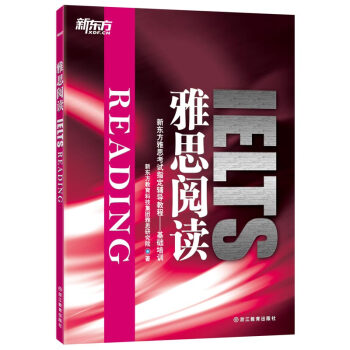



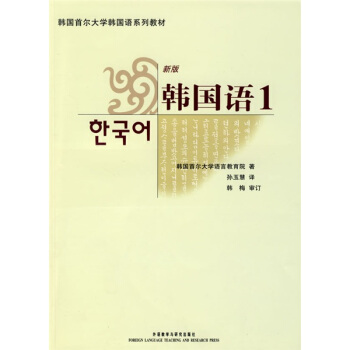


![80天攻剋雅思(閱讀 第四版) [Ielts In 80 Days: Reading] pdf epub mobi 電子書 下載](https://pic.windowsfront.com/12013570/57b44265Nfecdecde.jpg)
![學生實用高中英語語法指南與實踐(第8版) [With Exercises for Senior Middle School Students] pdf epub mobi 電子書 下載](https://pic.windowsfront.com/11479043/53a6327fNbc46145f.jpg)
